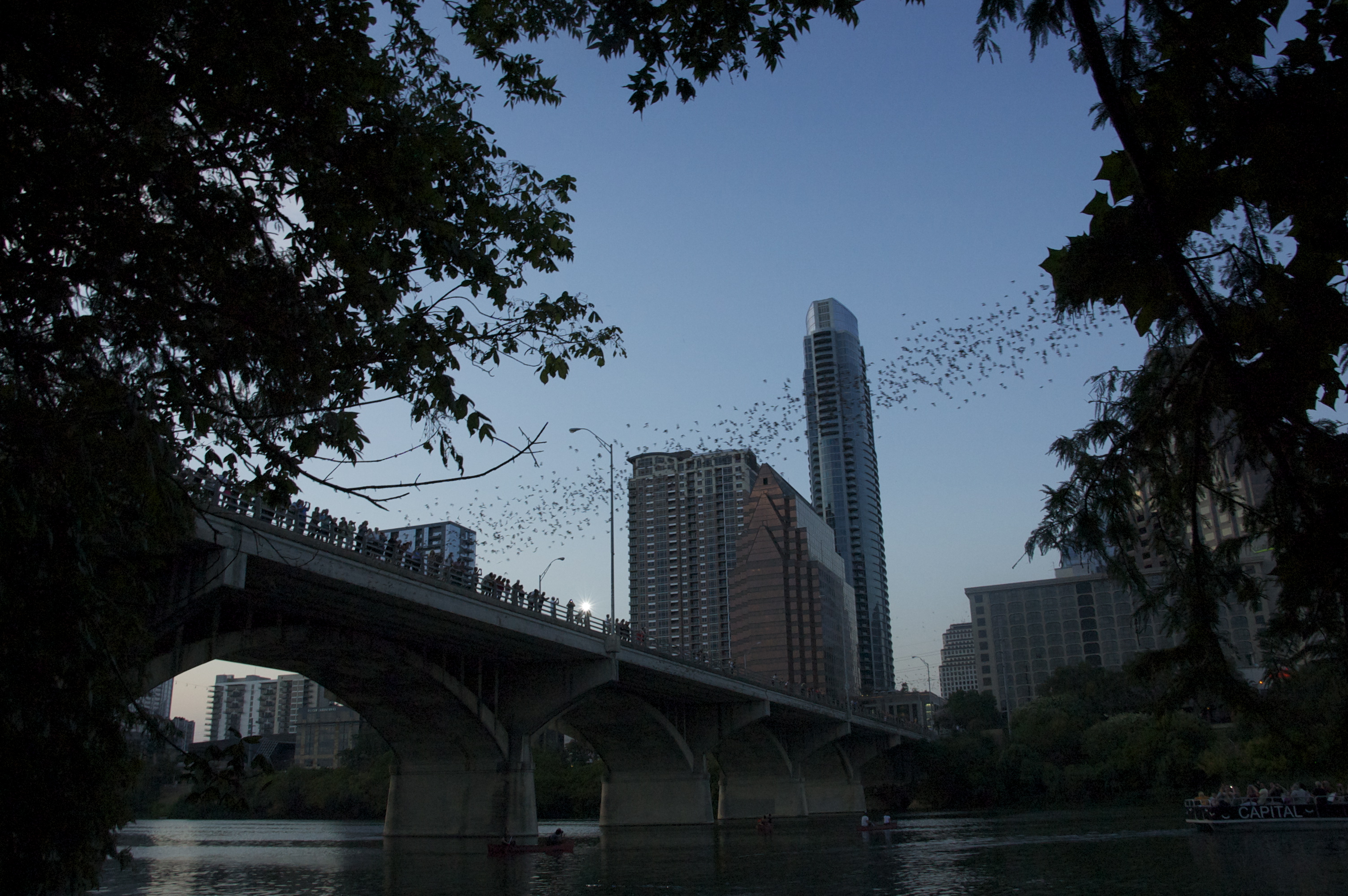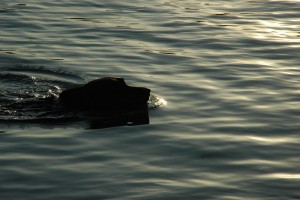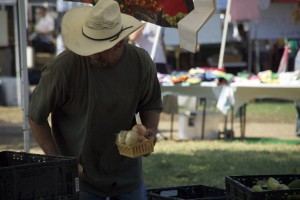THE ROOM TASTED like Bourbon Street on a July Sunday at about midday, acrid fog of alcohol and nicotine brewing in a low heat. The only distraction came in breezes of half-recollections and full regret. This was the welcome to my first apartment in my first new city. I hated every bit of it.
The next day, my dog Jack and I squared off with the city. I jabbed at Richmond from this angle and that. We crossed Laburnum, slipped in on Broad, hooked through Barton Heights, ducked the railroads clanking overhead at Shockhoe, kicked at the litter on Broad and weaved through the derelicts on Grace. Richmond hit us with a flurry of industrial areas, slums, toll roads and sprawling suburbs. We staggered to our corner apartment. A burst of gunfire sent us to the floor. That’s where we spent the night. Victor Round 1: New city.


